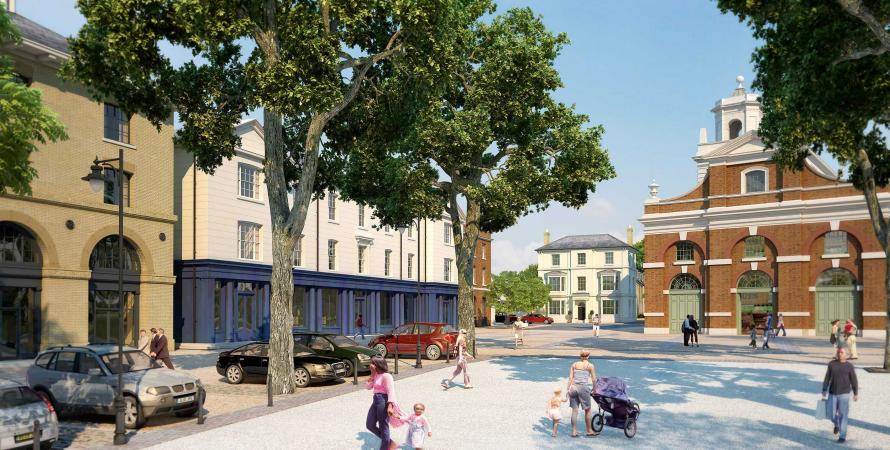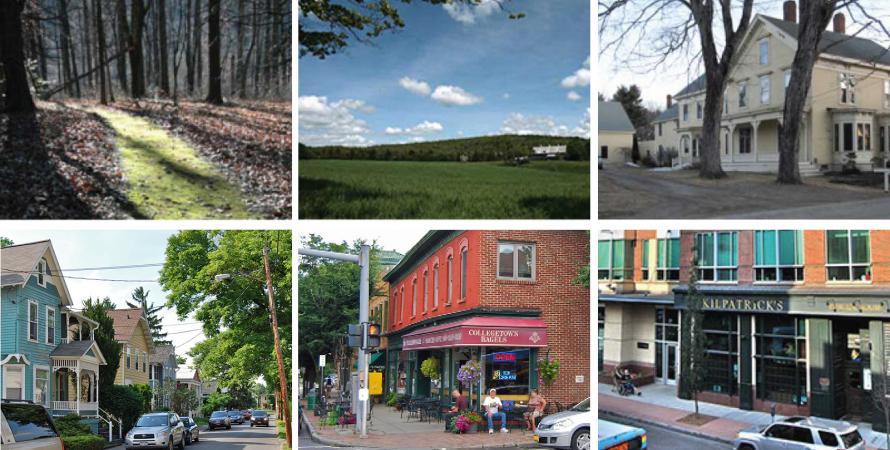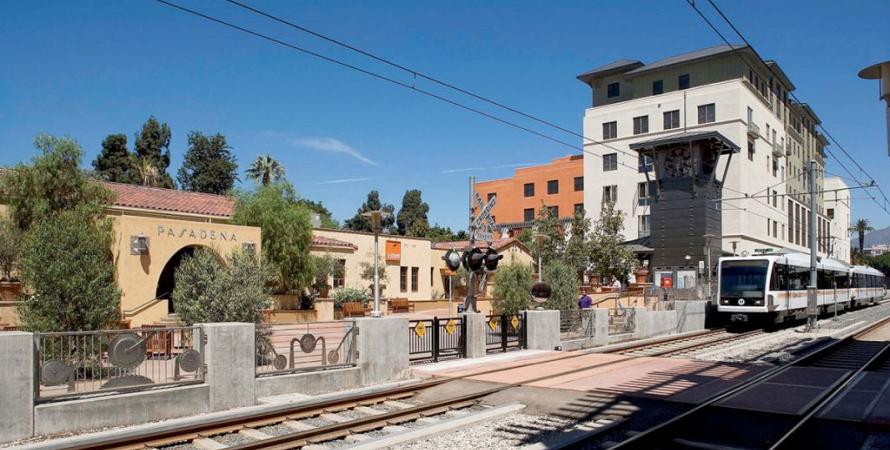-

Why new urbanism is the answer all over again
The ground-up movement which helped defeat urban decay in the 1980s is just as relevant now our cities face the opposite problem.This week in Seattle the members of the Congress for the New Urbanism (CNU) gather in Seattle on the 25th anniversary of their first meeting in Alexandria, Virginia. The congress burst on to the scene in the early nineties, after a period when cities were excoriated as unsafe, and perhaps in...Read more -

Great idea: Charter of the New Urbanism
A set of principles that are clear and generative provide a solid foundation for the New Urbanism. Those principles have withstood the test of time and empirical research, and they can be implemented in countless ways.In celebration of the upcoming CNU 25.Seattle , Public Square is running the series 25 Great Ideas of the New Urbanism. These ideas have been shaped by new urbanists and continue to influence cities, towns, and suburbs. The series is meant to inspire and challenge those working toward complete...Read more -

Great idea: The rural-to-urban Transect
The New Urbanism brought the environmental transect methodology into planning and development of human-scale, complete communities. Now the human habitat can be analyzed as a continuum with the natural world.In celebration of the upcoming CNU 25.Seattle , Public Square is running the series 25 Great Ideas of the New Urbanism. These ideas have been shaped by new urbanists and continue to influence cities, towns, and suburbs. The series is meant to inspire and challenge those working toward complete...Read more -

Great idea: Transit-oriented development
Transit-oriented development links transportation and land use—providing people with maximum choice in how to get around by intensifying activities near transit nodes with high quality public space.In celebration of the upcoming CNU 25.Seattle , Public Square is running the series 25 Great Ideas of the New Urbanism. These ideas have been shaped by new urbanists and continue to influence cities, towns, and suburbs. The series is meant to inspire and challenge those working toward complete...Read more